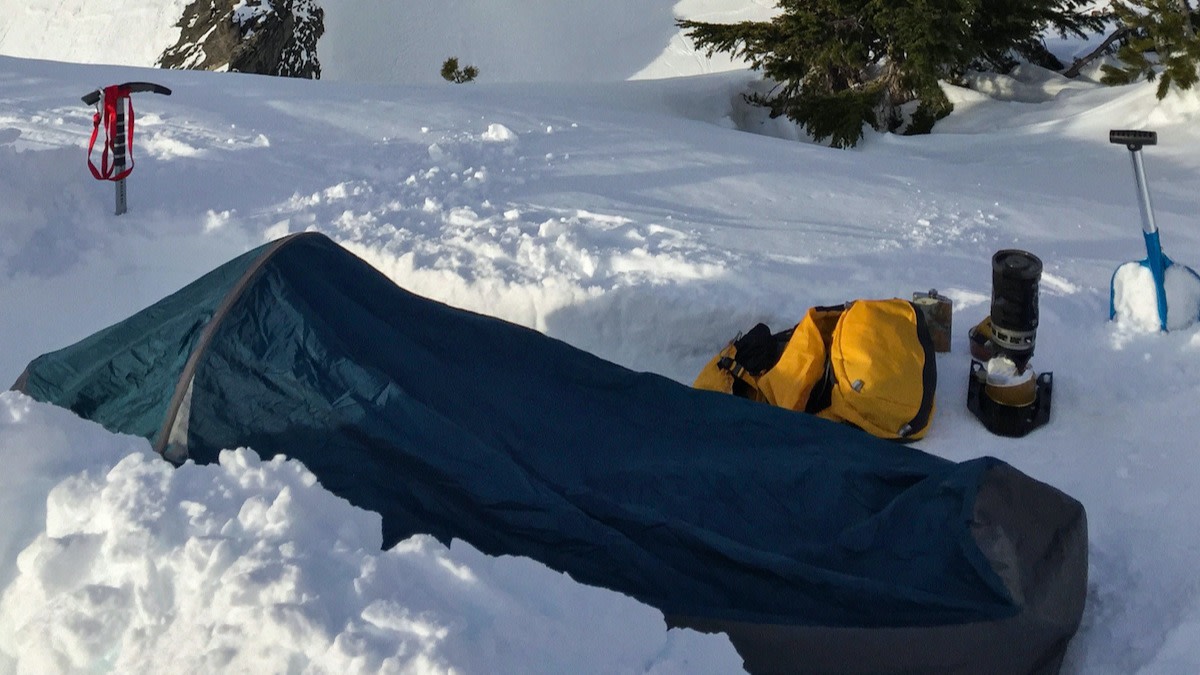Unplanned Bivy Explained: What Is a Bivy Shelter?
Written by MasterClass
Last updated: Jun 1, 2022 • 2 min read
Bivy sacks, or single-person shelters, have saved numerous hikers’ and climbers’ lives in the wild. Read on to learn how this survival shelter gear can mean the difference between life and death in a high-elevation winter storm.
Learn From the Best
What Is a Bivy Sack?
A bivouac, bivvy, or bivy sack is a waterproof covering for a sleeping bag, usually consisting of a synthetic material. This ultralight hiking accessory could be a necessary addition to your gear, along with a headlamp, first aid kit, hydration pack, and other essentials.
Those packing for a technical rock climb, day hike, or a multiday backcountry thru-hike might choose to bring a bivy sack. In the event of a significant temperature drop, rain, or a winter storm, a bivy sack keeps your sleeping bag warm and dry, encapsulating your body in a tight cocoon to retain body heat and protect you from outside precipitation.
What Is an Unplanned Bivy?
An unplanned bivy (or unplanned bivvy) is the rapid deployment of a one-person emergency shelter called a bivy sack. This survival camping skill might be especially useful in a mountain or arctic environment—for example, at a high elevation in Yosemite, California, or in the harsh cold of the Northern Rockies in Alaska.
The “unplanned” part of the terminology refers to an unplanned night on a trail or up a mountain and a situation in which people must take shelter to survive the elements.
Benefits of Using Synthetic Fabric for Survival
Like many other outdoor camping products, bivy sacks typically consist of a synthetic polyamide fabric, such as rip-stop nylon, silicone, or a combination of a few such materials. These water-resistant or waterproof textiles present numerous advantages in the wild. Consider these benefits to packing synthetic polyamide garments and gear for your camping trips:
- Abrasion resistance: Synthetic polyamide fabric has a remarkable sense of durability. Especially in relation to other fabrics, like cotton, it’s harder for this type to fray or tear.
- Elasticity: Nylon is not very breathable but highly elastic. While it’s more prone to wrinkling than some other fabrics, such as wool and silk (natural polyamides), it’s also highly durable, making it valuable in a survival scenario.
- Mildew resistance: As with other synthetic fibers, nylon and silicone will resist mildew and mold growth. Water can rarely get a foothold on these resistant fabrics to start growing toxic, smelly substances in the first place.
- Warmth retention: Synthetic polyamide fibers retain warmth and can help keep you safe in inclement weather. For example, a nylon tent or tarp shelter will shield you from the worst of a cold front.
Preparing for Wilderness Expeditions
Certain outdoor activities carry an elevated risk of serious injury. Wilderness scenarios require extensive survival gear, including but not limited to food, water, maps, protective clothing, and first aid, along with mental and physical fortitude. This article is for educational and informational purposes and is not a substitute for hard skills and expertise.
Ready to Explore More of the Great Outdoors?
Prepare for any outdoor journey by grabbing a MasterClass Annual Membership and committing Jessie Krebs’s wilderness survival course to memory. As a former United States Air Force Survival, Evasion, Resistance, and Escape instructor, Jessie can teach you everything you need to know about packing for a trip (neon is the new black), purifying water, foraging (crickets: the other white meat), starting a fire, and signaling for help (forget SOS).
